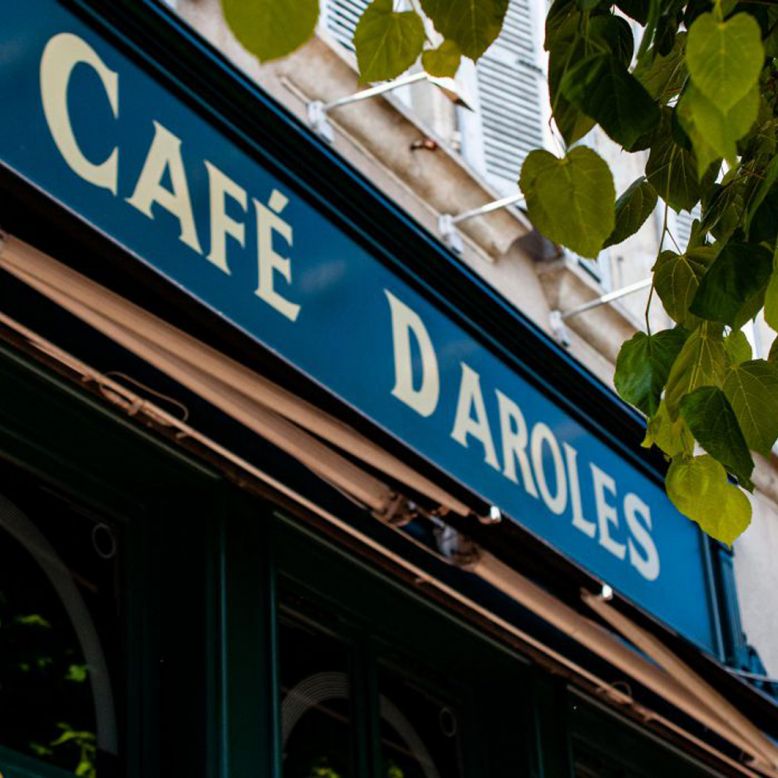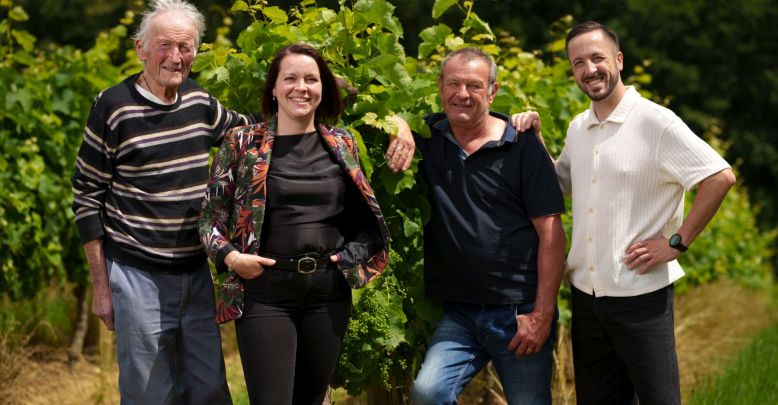- Home page
- Tourism
- Tasting
- The vineyards of Gers
- Tasting
- Tourism
The vineyards of Gers
The Gers is a wine making region. The vine was introduced during the Gallo-Roman period. During the Middle-Ages, with the development of transportation, particularly using the rivers and sea between France, England and other northern regions, that production developed. The mild, pleasant climate, the fertile land made up of sediment, and the expertise of the Gascons, all contributed to make the Gers the first southwest department to produce “vin de pays” (local wine). There are20,000 hectares of vines, mainly situated in the northwest of the department, but there are vines, to some degree, everywhere else on exposed hillsides. Enjoy the wine and alcohol of the Gers. There aretasting sessions available at wine stores (caves) and local vineyards.
Note: Enjoy the wines of the Gers with moderation!
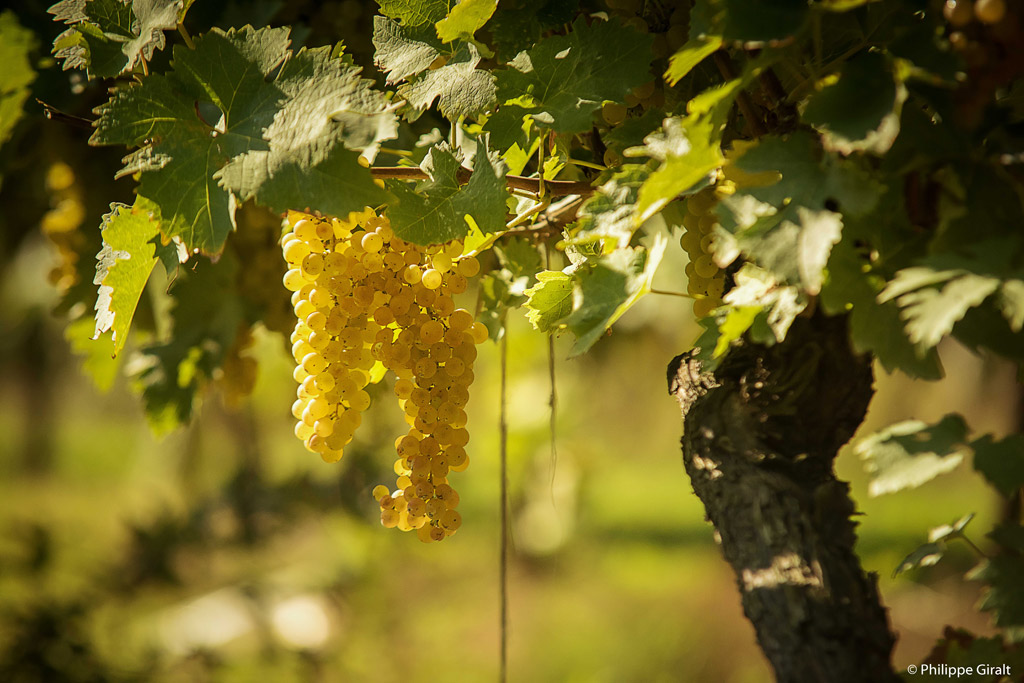
White grapes on the vine in the Gers
sponsored content
ARMAGNAC
Armagnac is synonymous with the Gers. It is a brandy (fine) obtained from the distillation of dry white wine or "vin de chaudière" (wine with low alcoholic content). The alcohol is aged in oak barrels. It is a translucent drink, with a beautiful amber red colour which comes from the tannins in the barrels.
Different types of Armagnac are available: white Armagnac is a pure alcohol distillation, not aged in oak barrels. The other Armagnacs spend at least 2 years aging in barrels. The longer the Armagnac is aged, the better it is and the more expensive it gets. The quality is not the same from one producer to another, though they tend to be close to the appellations used in Cognac (VS, VSOP, Napoléon, Hors d'âge and XO for those over 20 years old).
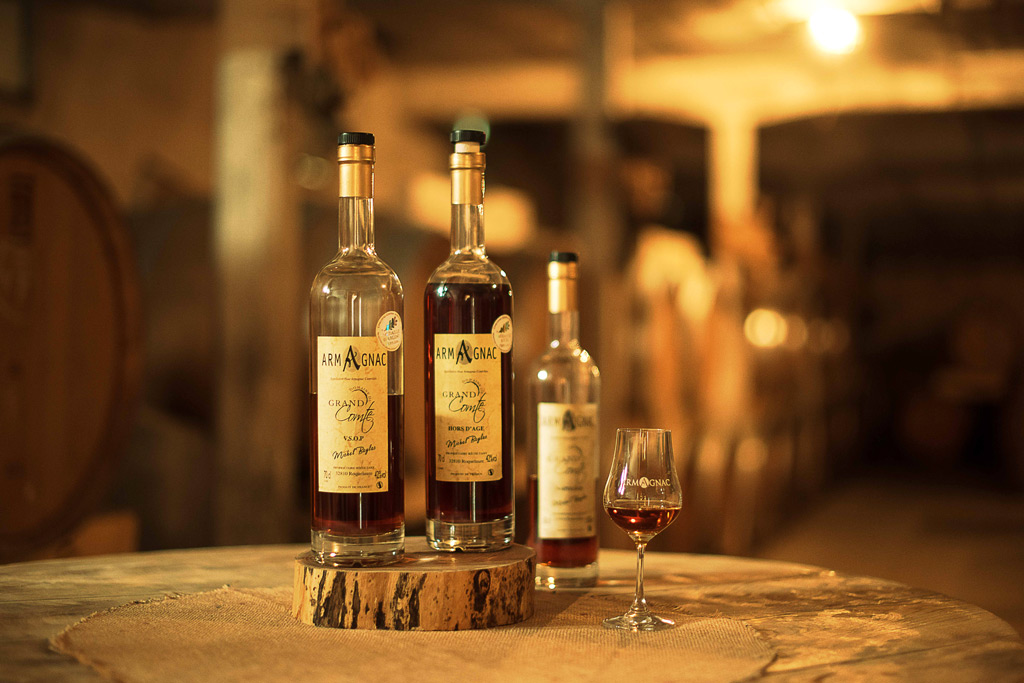
Armagnac bottles
Armagnac can be drunk as a digestive, after a meal. It is consumed at room temperature. Armagnac can be served using a small, narrow opening glass that has been previously warmed by hand. This concentrates the fumes given off by the drink.
A young Armagnac can be also enjoyed as an aperitif, diluted with sparkling water, tonic, ice cubes or used in cocktails.
Food lovers also drink it with their meals. It is served with sweet and sour dishes that are unique to the Gers, such as foie-gras with figs, duck and honey... It is also included in apple or walnut based desserts, or consumed with a moist chocolate cake. In cooking it is used in sauces, used to flambé food or to deglaze meat.
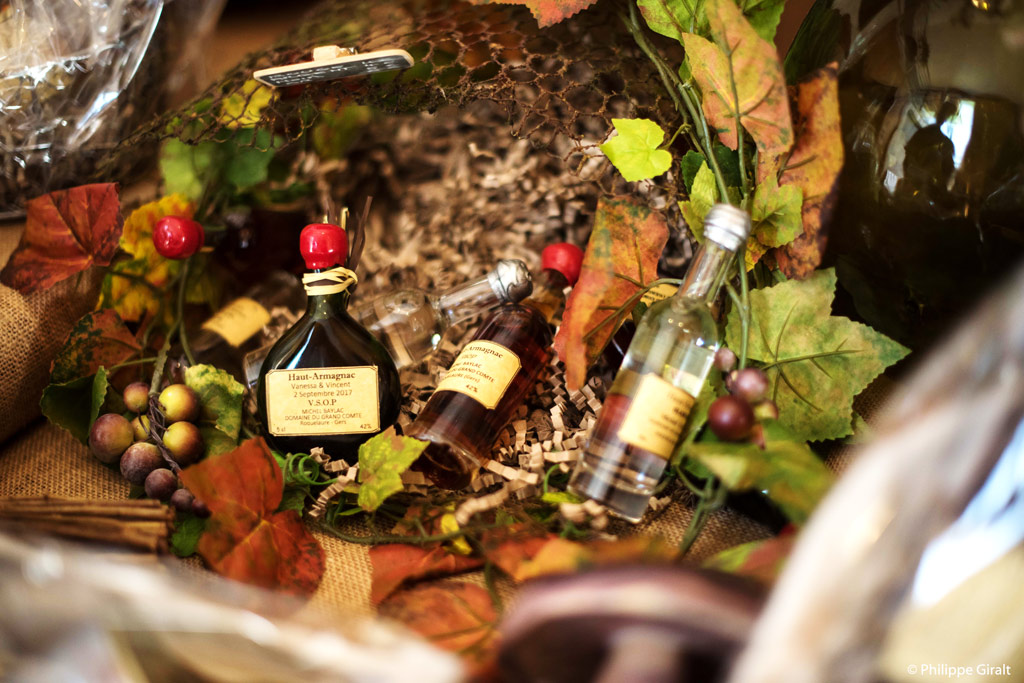
Hamper with Armagnac products
Guide du Gers’ best tips: To enjoy your bottle of Armagnac bought in the Gers, once opened, keep it out of direct sunlight and in an upright position. It keeps for many years left in its original bottle, or you can decant the liquid into a smaller jar to avoid air oxidation.
sponsored content
Did you know?
- Armagnac, unlike Cognac, does not take its name from a town. It was a bourgeois, sovereign family who gave its name to the county of Armagnac in the Gers.
- The “Flamme de l'Armagnac” event, in Montréal-du-Gers and in other towns in the northwest of the department, takes place from the end of October to the end of November and celebrates the beginning of the distillation of the new vintage. The stills are lit which starts the distillation process. It is a perfect time to visit the region in all its beautiful autumn colours!
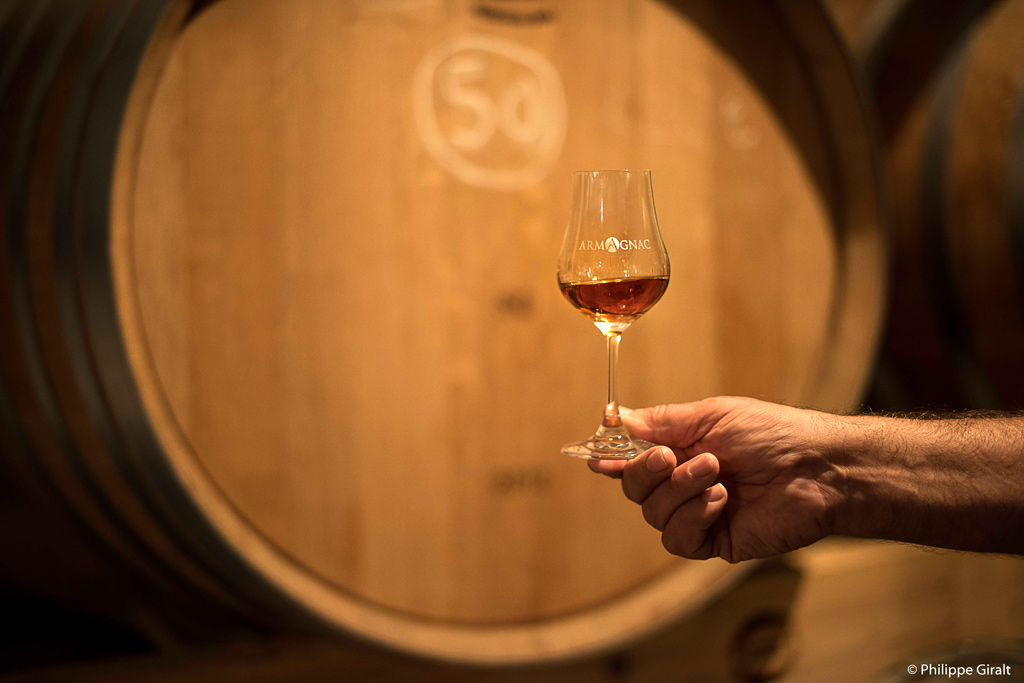
A glass of amber Armagnac
FLOC DE GASCOGNE
The Floc de Gascogne, before becoming an AOC (Protected designation of origin) product, was an aperitif from an old Gascony peasant recipe from the 16th century... 2/3 of grape juice with 1/3 of Armagnac!
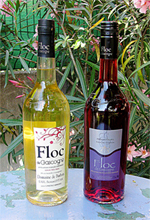 It is a flowery flavoured beverage (floc means bunch of flowers in the Occitan language) that is served chilled (put it in the fridge so its flavours are well balanced). The Floc de Gascogne is to be consumed with moderation as it is 16% proof. It is either rosé or white. The White Floc is composed of a fruity grape variety with citrus aromas, it is fresher than the Rosé Floc which evokes more complex red fruit aromas.
It is a flowery flavoured beverage (floc means bunch of flowers in the Occitan language) that is served chilled (put it in the fridge so its flavours are well balanced). The Floc de Gascogne is to be consumed with moderation as it is 16% proof. It is either rosé or white. The White Floc is composed of a fruity grape variety with citrus aromas, it is fresher than the Rosé Floc which evokes more complex red fruit aromas.
80% of it is produced in the Gers. It is also produced in neighbouring regions (Landes and Lot-et-Garonne).
Guide du Gers’ best tips: Do not add ice cubes in order to cool the Floc de Gascogne, use stone ice cubes (which do not melt!). Once opened, the bottle can be kept for about 3 months in a cool place. The Floc is consumed young, it is not a product which is aged.
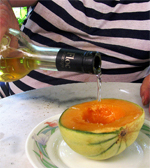 White Floc de Gascogne is best served with blue cheeses... Rosé Floc de Gascogne is a perfect addition to a summer fruit salad, or for sprinkling on the melons of Lectoure!
White Floc de Gascogne is best served with blue cheeses... Rosé Floc de Gascogne is a perfect addition to a summer fruit salad, or for sprinkling on the melons of Lectoure!
CÔTES DE GASCOGNE
The Côtes de Gascogne is an PGI wine (Protected Geographical Indication (PGI)) which is mainly produced in the Gers, on the same land as Armagnac. It is essentially white and dry (80% of the production), with fruity aromas and hints of citrus or exotic fruits.
These wines are normally consumed new, they are not aged. They are best served with fish, seafood or for a kir aperitif. The few reds (10% of the production) of the Côtes de Gascogne are “gourmet” and the tangy rosés (10% of the production) are for drinking in the year they are made.
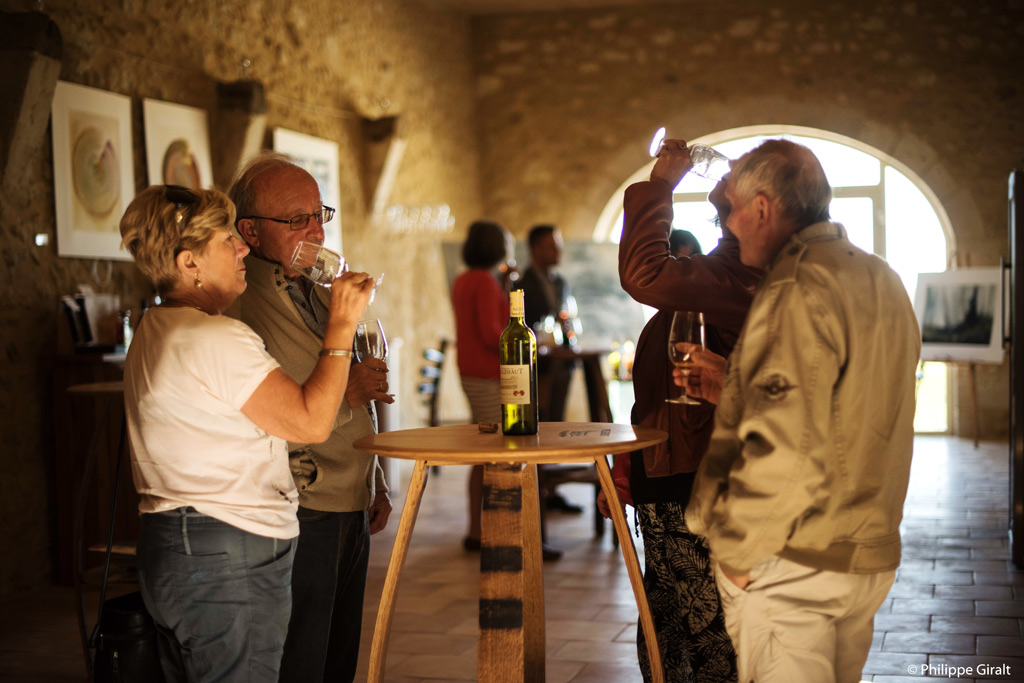
Wine tasting with wine producers, a perfect experience...
Meet the producers to appreciate this warm and light wine, which is drunk all year round and pleases most people!
sponsored content
Did you know?
The white Côte de Gascogne is the most exported white wine from France. It goes all over the world, but especially to northern Europe. 70% of the department's production is exported.
2/3 of the vineyards in Armagnac are dedicated to the production of Côtes de Gascogne (around 13,000 hectares).
The Côtes du Condomois is a wine which comes from a small area in the heart of Gascony, the Tenarèze. It is an IGP wine which is grown on clay-limestone soil, in a specific geographic area around the town of Condom. Red, white or rosé, it has fruity and spicy aromas, with some flowery hints in the rosé.
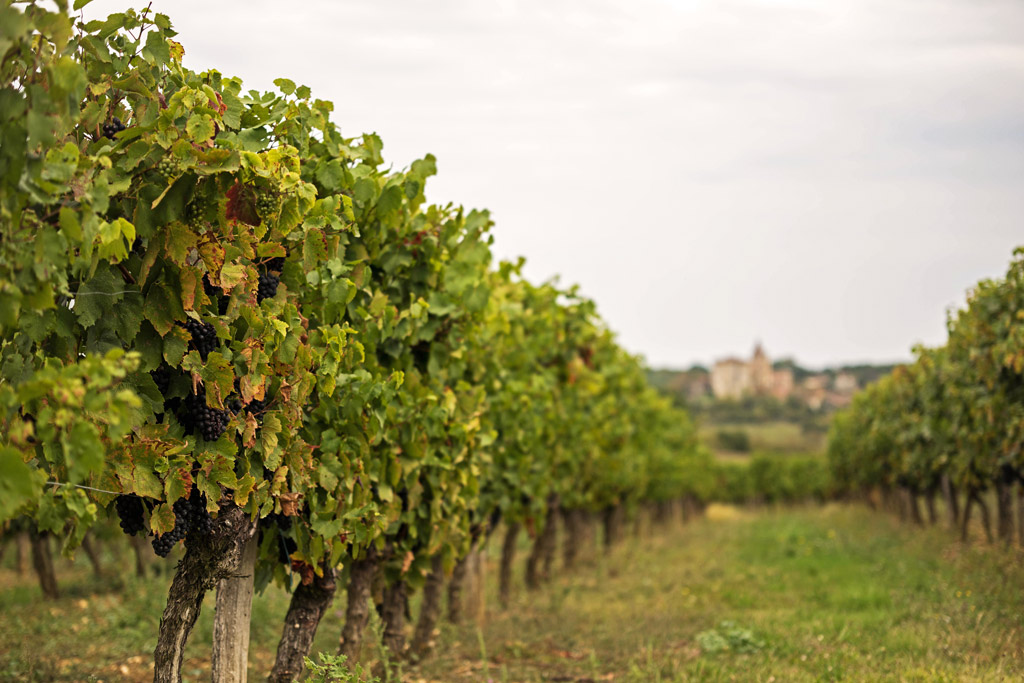
It is the climate and the land that provide exceptional wines!
MADIRAN AND PACHERENC of VIC-BILH
AOC white wine (Protected designation of origin) dry, mellow and even sweet. The world Pacherenc means "lined posts" in the Occitan language, it is down to the way the vines of this wine are pruned.
The dry white wine has acidulous pineapple aromas, a lemony taste highlighted with a sweet honey taste. The sweet white wines can be kept many years before consumption. The grapes benefit from the sunny autumns of this region which fills them with sugar. The late harvesting provides strong alcoholic wines, which are sweet with spicy hints.
The Madiran comes mainly from the Tannat grape variety, it is a small appellation area which has been established since 2000 thanks to the work of around 200 winemakers who produce this intense and fruity wine.
Guide du Gers’ best tips: Taste this sweet white wine with a dessert of character such a caramelised tarte tatin or a croustade de pommes (apple pie) and a scoop of ice cream to freshen the palate.
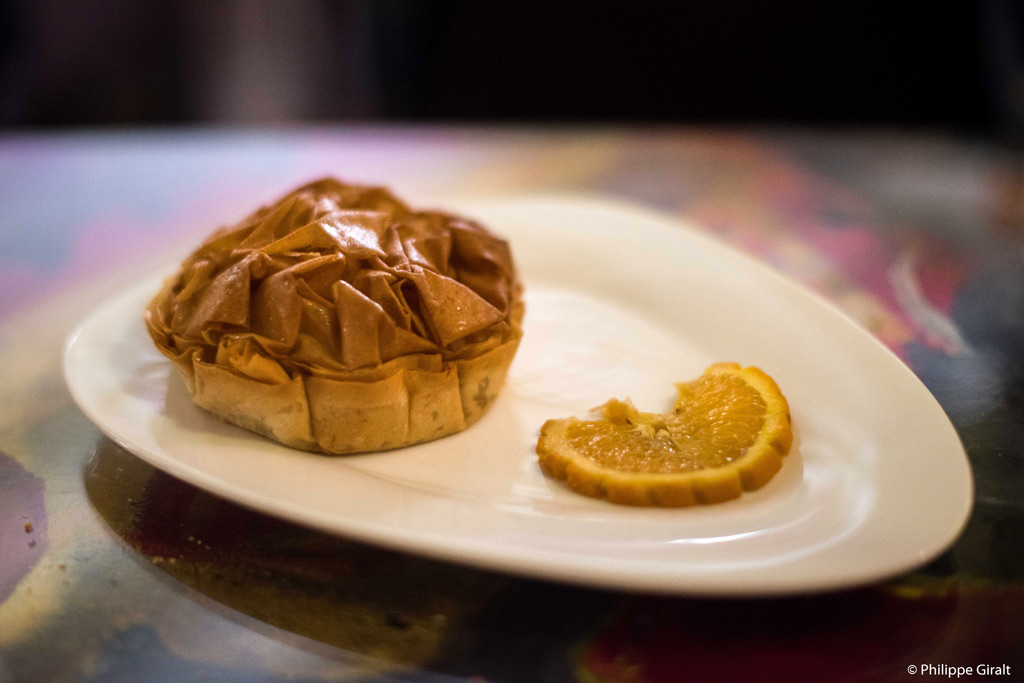
A delicious croustade, served with a sweet white wine, heaven!
SAINT-MONT
The Saint-Mont wine is a great quality AOC wine made with care by the winemakers who tend the vines. The vineyard is ancient, already established in the Middle Ages. It is cultivated in 46 communes of the department, on around 1,200 hectares.
The manual harvest is part of the specification of this wine which requires continuous work in the vines by passionate winemakers of this region.
The wines are mainly red, but there are also rosés and whites. These wines perfectly accompany the specialities of the Gers. Winemakers are also often foie-gras producers.
Guide du Gers’ anecdote: the oldest French vine stocks are located in Saint-Mont (vines of Sarragachies) there are 12 ranks and around 600 vine stocks listed as Historic Monuments. Planted in 1830, they were non grafted, and were not affected by the phylloxera which decimated a great many of the French vineyards in 1870.
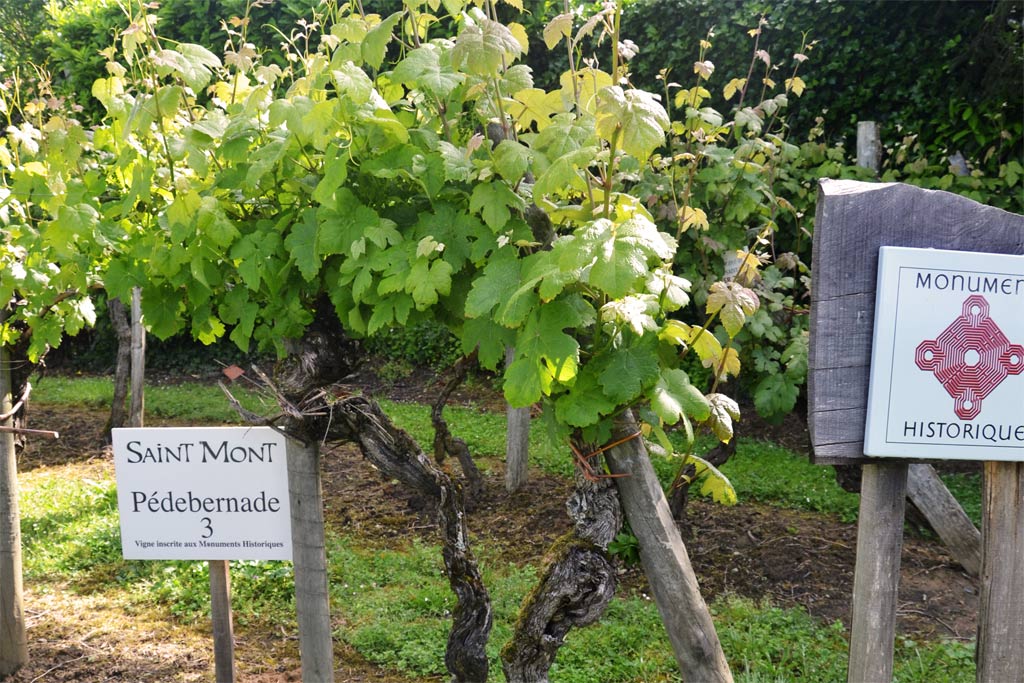
The oldest vines France -photo Marianne Casamance licence CC BY-SA 4.0
OUR CITY GUIDES IN EUROPE

